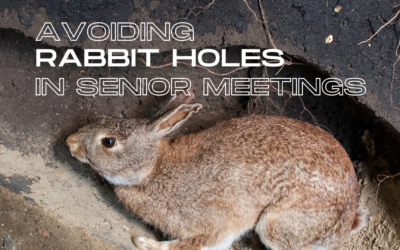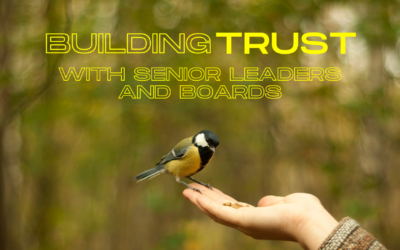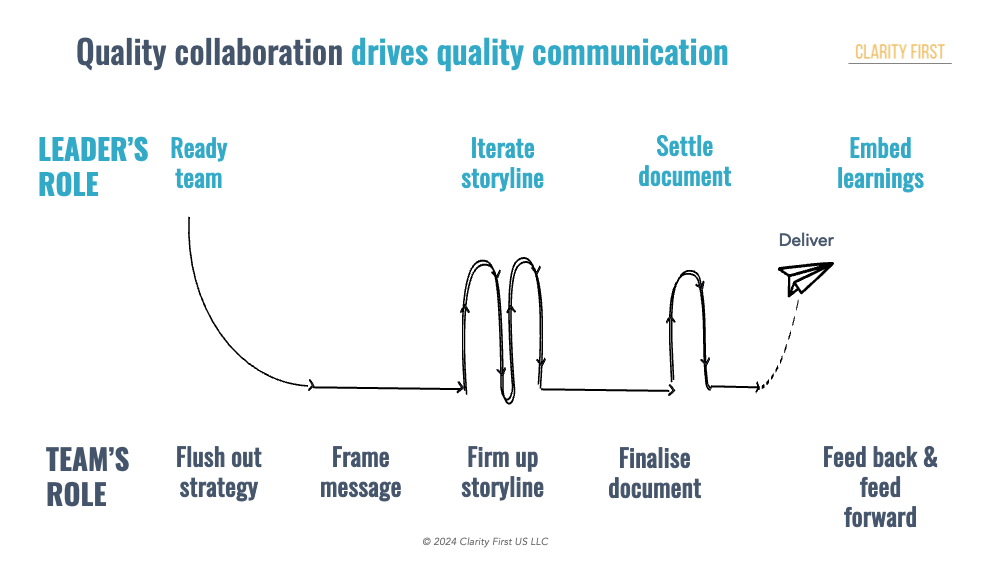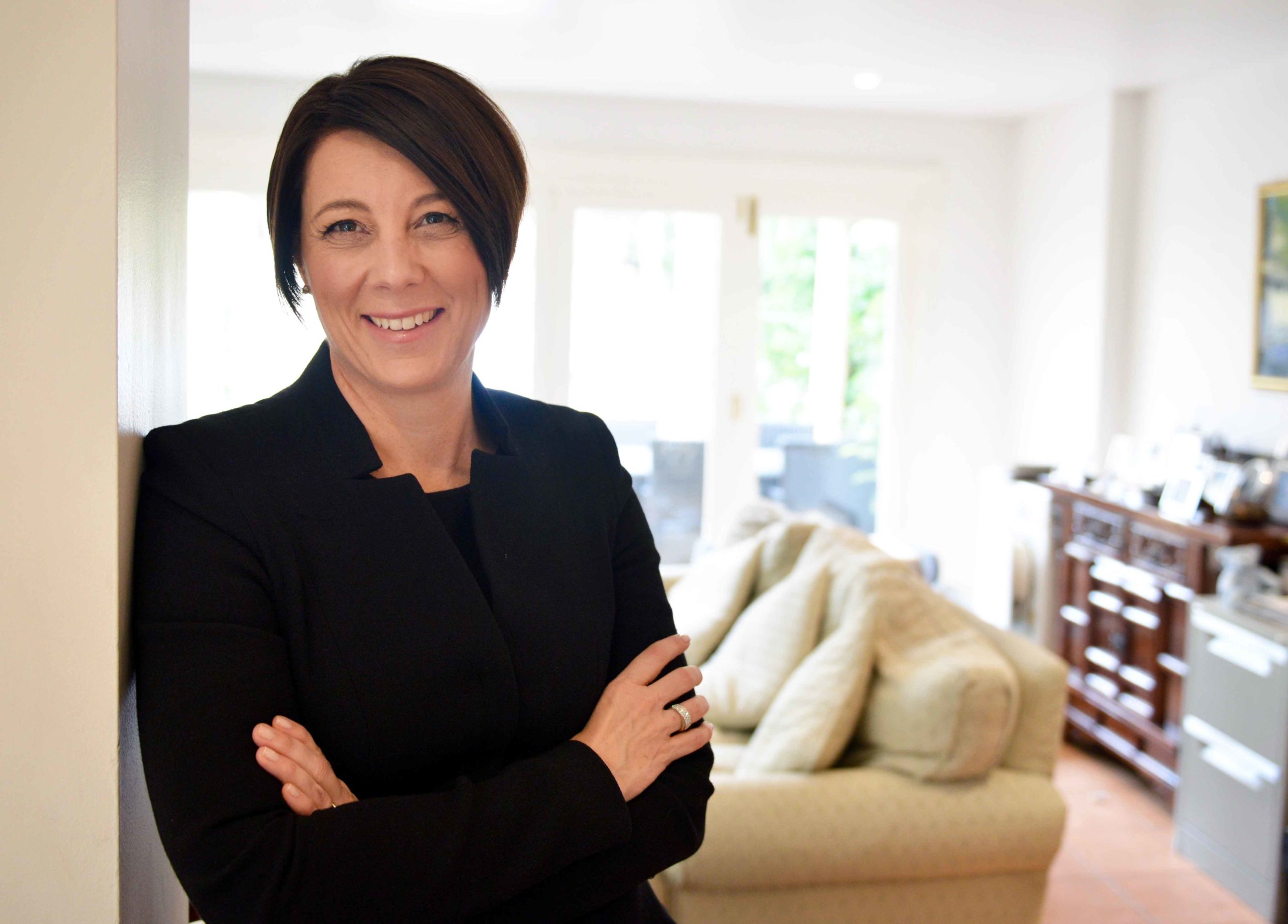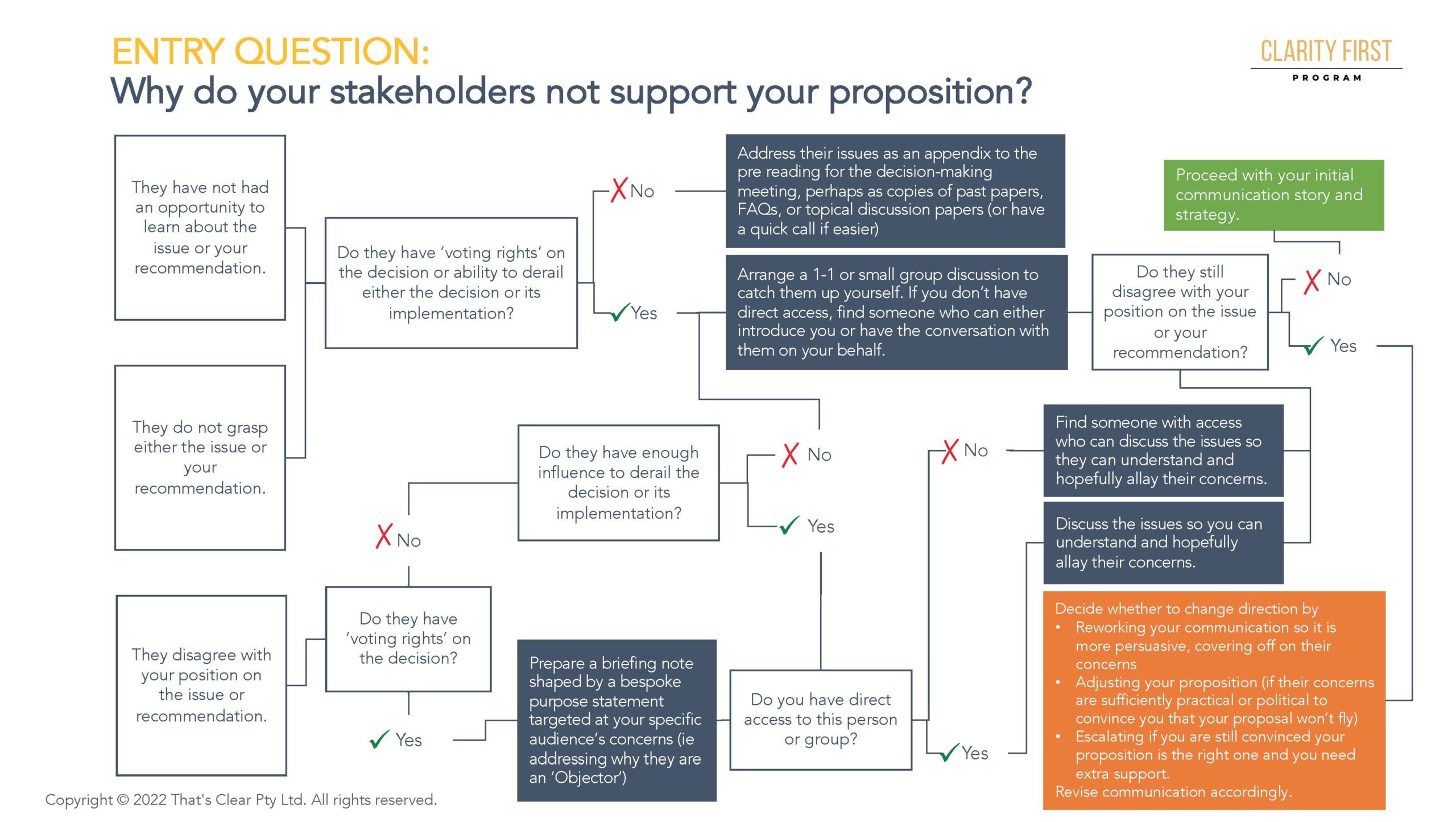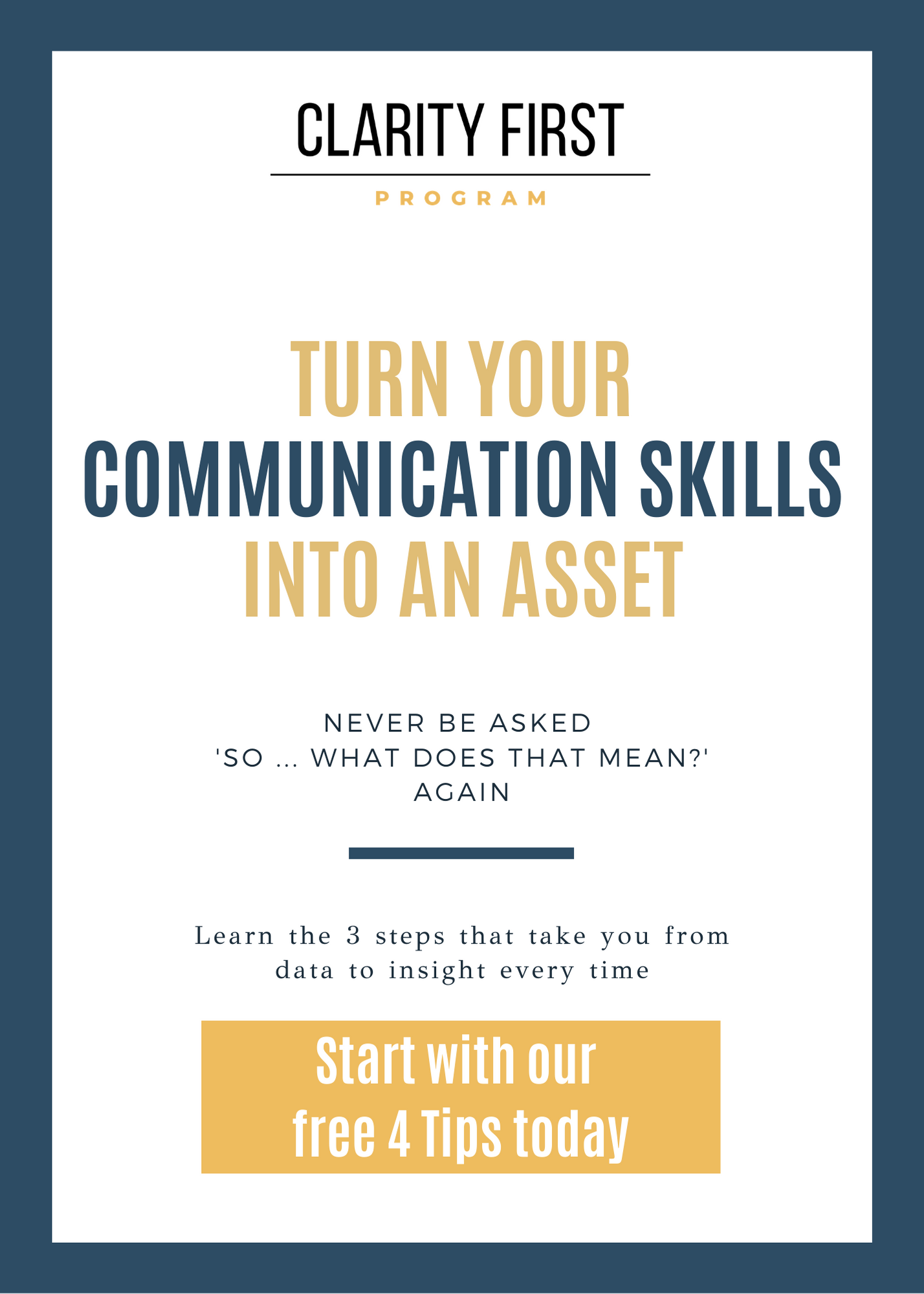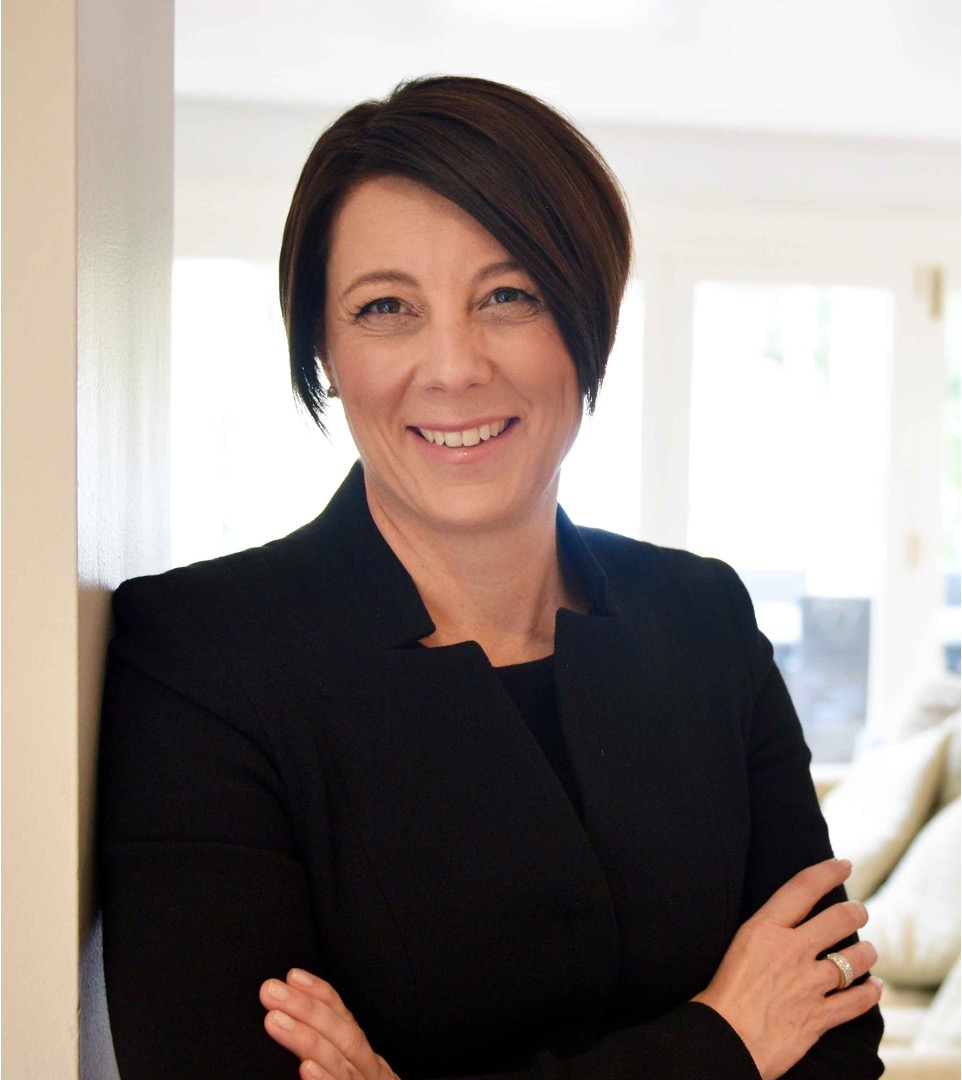
How to be human when communicating with senior leaders
A couple of situations this week reminded me of the importance of differentiating between ‘content’ and ‘context’.
On the one hand I was listening to a fascinating podcast where Lex Fridman interviewed Yann Lecun, Chief AI Scientist at Meta about the abilities and limitations of AI.
On the other, I was reviewing communication to provide suggestions to participants from one of my corporate board paper writing programs.
What fascinated me here was that much of the communication I was reviewing was ‘content' that lacked ‘context'.
This bothered me because placing content in the right context is not only central to our uniqueness as humans, but essential if we want to engage senior decision makers.
And yet, I see teams frequently skipping this foundational step in the rush to finish their paper.
I get that thinking feels slow and that ‘writing' feels like ‘doing', but it reminds me of a comment made by an old boss of mine. “activity does not guarantee impact”.
With the right inputs, AI can deliver lots of content.
So far (!) we humans are the only ones that can take ‘content' and add ‘context' to have impact.
Let’s be human.
I hope that helps.
More soon.
Dav
WANT MORE?
Monthly MasterClass – New topics every month, as well as access to an extensive library of recordings, case studies, tools and templates to lift the quality of your communication.
One month free. Ongoing access is USD25 per month or USD250 per year. Learn more here.
PowerPoint image library – Want to save time preparing complex but attractive PowerPoint concepts? My image library offers 300 cut and paste images. Grab your free sample of 25 or the full 300 images here.
WANT TO LISTEN?
- Risk Management = Change Management
- Richard Medcalf – Making Time for Strategy
- Baking Learning & Growth into BAU
- Helping Leaders ‘shift testing left' to derisk projects
- A Case Study in Digitial Transformation
- How to help a senior leader come back from a misstep
- How to hit the ground running in a big new role
- How to communicate during great change
- How to turbo charge your transformation
RELATED POSTS





